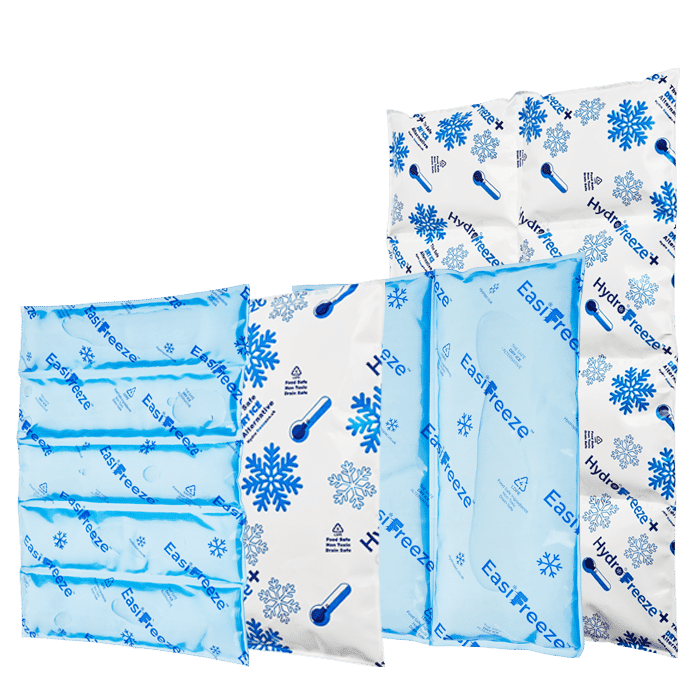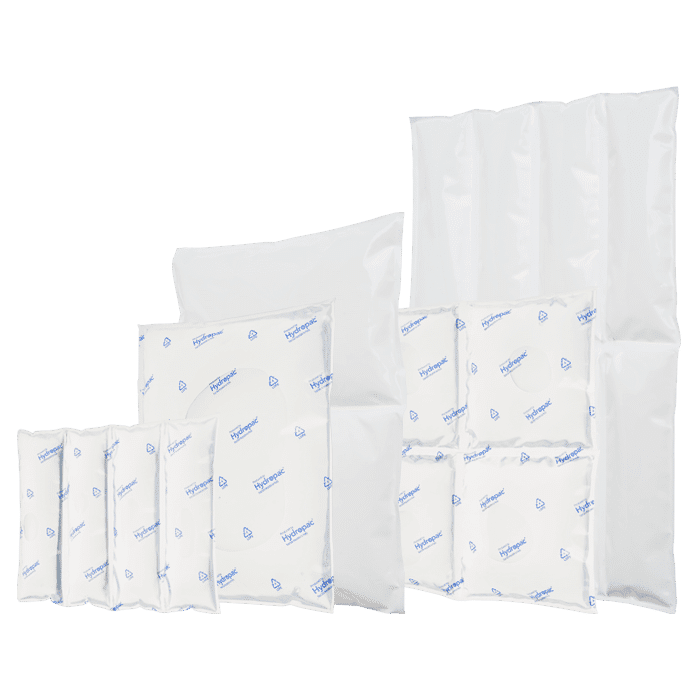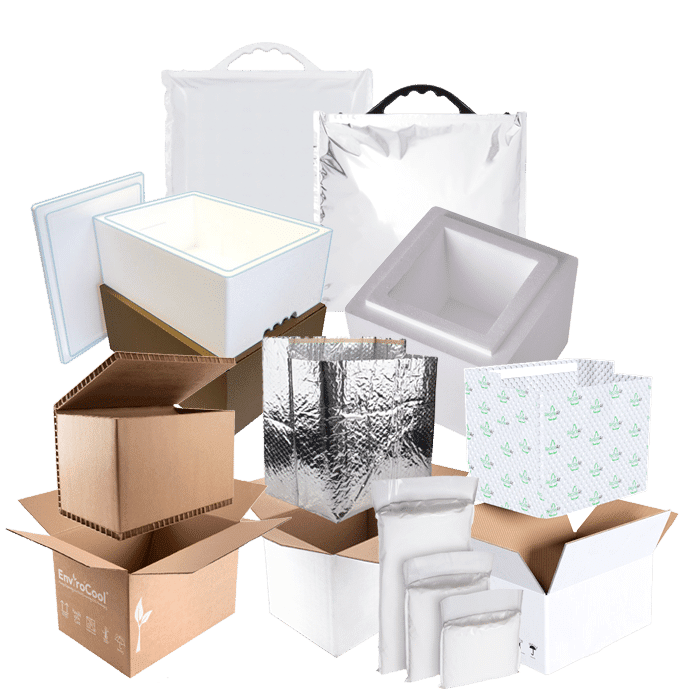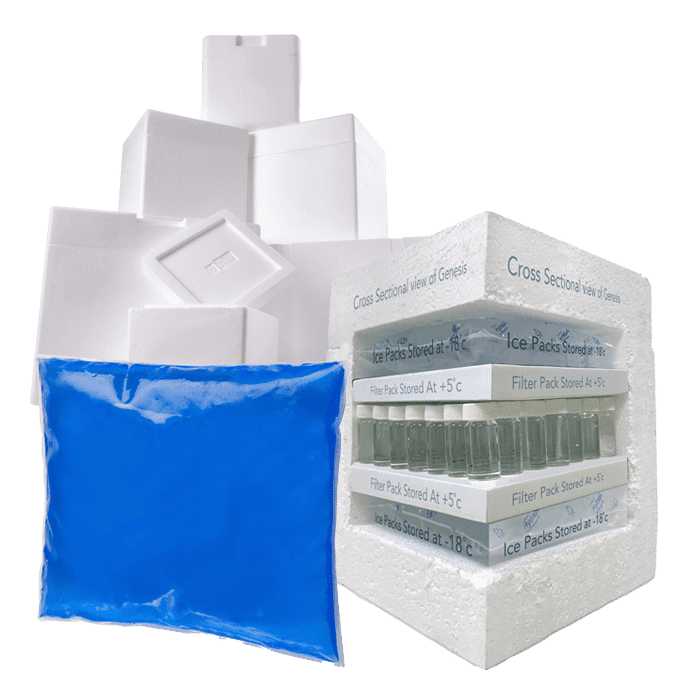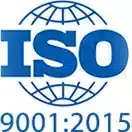Eco friendly packaging fillers
We’ve written before about new, eco friendly packaging fillers that are being developed to replace non eco-friendly, “traditional” materials such as polystyrene or bubble wrap. In addition, the introduction of the plastic packaging tax in 2022 has made it even more key for food manufacturers to look at alternatives to plastics. Recycled materials, paper-based fillers and cardboard are becoming even more prevalent as packaging fillers, as well as an increased push on reusing and recycling these materials when they reach the end of the life or are no longer required.
What do you need in a good packaging filler?
Packaging fillers exist to plug any gaps between the outer packaging and the contents of the parcel or box being sent into the postal network. They are used to prevent against damage to items in transit by limiting movement and providing a form of cushioning, therefore they are a very important part of efficient packaging and must do their job properly.
Custom chilled solutions for you
Hydropac offers every customer a customized solution for chilled and conditioned shipping. For example, we help a customer with limited freezing capacity to deliver gel packs frozen and ready to use, and we can manufacture almost all shapes and sizes of cooling elements. As a customer, you come first: we are here to help you.
Historically, packaging fillers such as bubble wrap, polystyrene packing chips or Styrofoam fillers have been very popular, as they are effective, relatively cheap, can in some cases be reused, and as ever, “better the devil you know” tends to be a strong reason why people keep using the materials they know. however, in these current times of enlightenment with regards to how bad certain materials are for the planet, it’s time for a change!
So, what are this year’s current contenders for the top spot when it comes to packaging fillers that do the job and also protect the environment?
Cornstarch packaging peanuts
These aren’t new to market, but they are certainly rising in popularity of late. Made entirely of cornstarch (a renewable source) they are designed to take the place of Styrofoam packaging peanuts and work to protect goods being shipped whilst being non-toxic, biodegradable and sustainable.
Corrugated cardboard
Corrugated cardboard, like what we use in our EnviroCool system, is very tough and effective. It can be used for both outer and inner packaging and is 100% recyclable, biodegradable, compostable and sustainable.
Mushroom “foam”
Mushrooms are the in thing for brands like IKEA, who have replaced their bubble wrap/Styrofoam packaging with this eco friendly alternative. As strong, if not stronger, than traditional sytrofoam, it is also flame resistant, renewable and sustainable.
Seaweed
Seaweed is one of the newer materials being used for packaging, but it’s hit the ground running due to the fact it can be used for single unit shipments – this is largely down to the fact it dissolves in liquid, so can be easily disposed of by end users. In fact, whiskey brand Glenlivet used it in 2019 to actually create whiskey capsules, that could be just popped into the mouth and dissolved.
Air pillows
These are actually part of the traditional line up of packaging materials that in the main are gradually being phased out, but bear with us. Air pillows work really well as inner packaging protection but it’s important to check what they are made from (except from air of course). If they are made from HDPE then they can actually form part of the solution to switch to more eco friendly packaging solutions, as HDPE plastic is the most environmentally friendly of the lot. HDPE is made from recycled materials and is non-toxic. it can be recycled and is a better alternative than plastics such as LDPE or PP.
Recycled tissue paper
Many people use recycled tissue paper for wrapping presents or padding out gift bags, but what about using it as an inner packaging filler. Not only is it made from recycled materials, it can easily be recycled again, and will break down quickly if it does end up in landfill. Recycled paper materials aren’t just limited to pretty colours, you could use any type of paper – newspaper, kraft paper or crinkle paper.
Resources
Sustainability Hydropac and CSR
Sustainability isn’t just a trend for us – it’s a promise. As we innovate, create, and lead, we keep our planet’s well-being at the forefront. With Hydropac, you’re not just preserving the quality of your cargo; you’re contributing to a healthier world.
Experience the power of sustainable temperature assurance with Hydropac – where excellence and environmental responsibility coexist for a brighter future.
